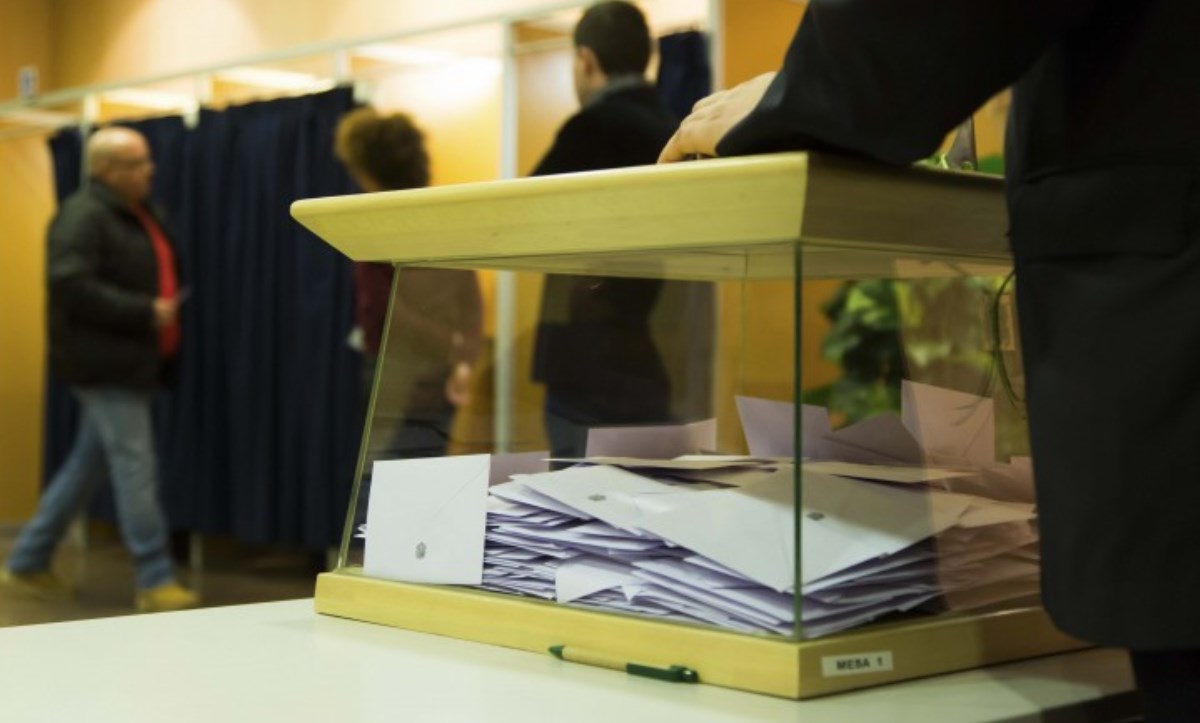Projects

Commissioned by the General Council of Andorra, this study analyzed the profile of abstainers and their motivations for deciding not to vote.
In Andorra, participation rates have traditionally been very high, but since 2007 they have suffered a considerable decline.
To analyze this phenomenon, the work has been structured in three phases:
- The first phase has consisted of the creation of a theoretical framework based on the analysis of the main theories that explain the abstention by political science. In addition, an analysis has been made of the evolution of the data on political participation in Andorra and the surrounding countries. In addition, the Department of Statistics has collaborated in the project with an analysis of the main demographic variables of abstainers based on the census data between 2009, 2019 and 2023.
- A second stage corresponds to the quantitative study, which has made it possible to create and quantify a typology of abstentionist profiles in Andorra, which have been established on the basis of the main reasons why a person does not vote. The Political Survey for 2017, 2020 and 2023, was used to obtain data on abstainers, with a sample of 800 people over the age of eighteen of Andorran nationality to obtain a sample of abstainers sufficient to analyze their characteristics.
- Finally, in the 2016 study, there was a third phase corresponding to the qualitative analysis, which made it possible to establish nuances when talking about the different abstentionist profiles set in the quantitative phase. Based on the profiles extracted from the abstention survey, an adapted typology has been prepared in which the profile of technical, active and passive abstainer is highlighted. Therefore, this phase has provided tools to study whether the phenomenon of abstention is conjunctural or rather structural, and to determine whether there is a specific abstentionist profile.
- Monitoring of the elections until the 2015 elections (qualitative and quantitative analysis).
- Analysis of the results of the 2019 elections (quantitative analysis)
- Analysis of 2023 results (in process)

 Pepita Batalla
Pepita Batalla Vicente Zapata
Vicente Zapata Núria Segués
Núria Segués Joan R. Micó
Joan R. Micó  Meritxell Moya
Meritxell Moya